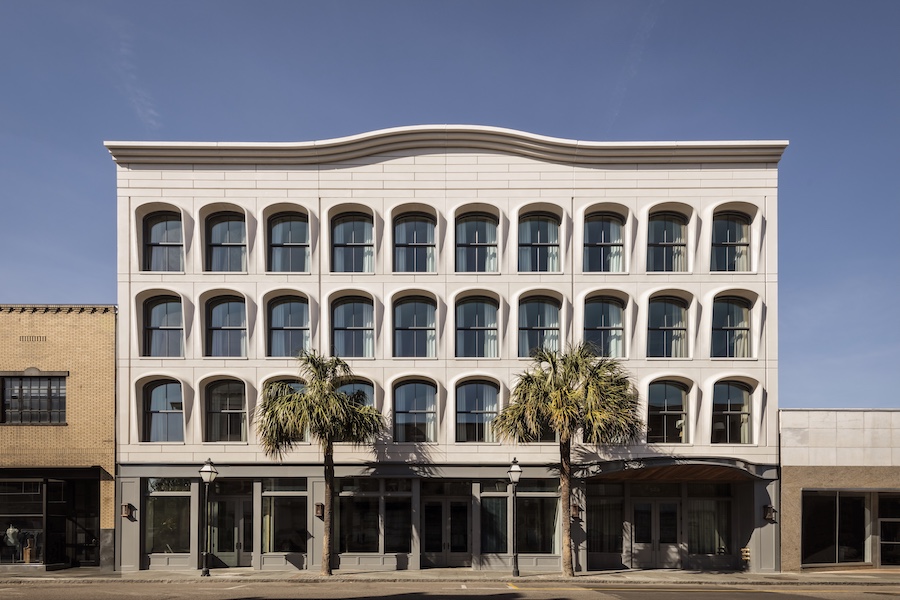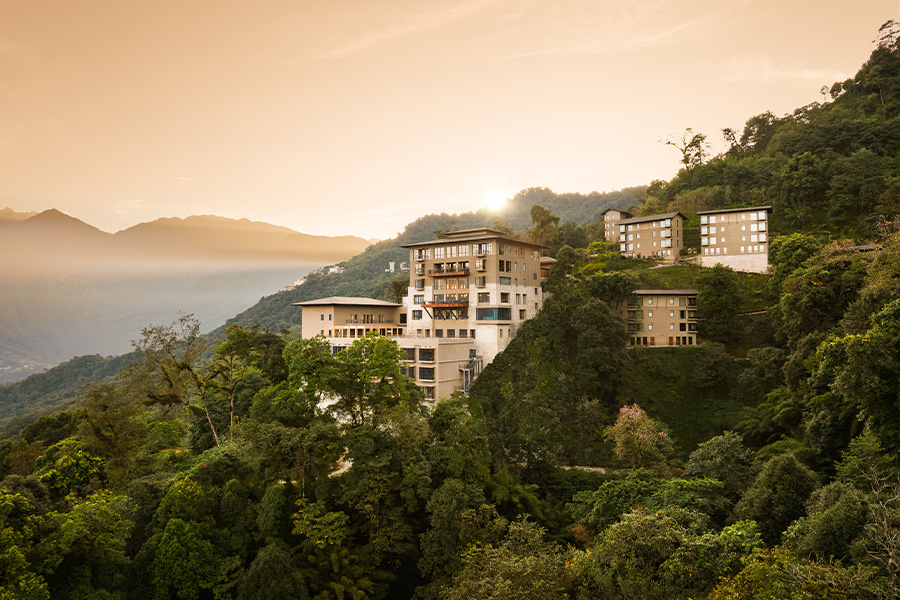Museum Hotel Antakya
Artifacts found 19 feet below the ground help shape a Turkish hotel
Words by: Alicia Hoisington

Designers often talk about sense of place. As Emre Arolat, founding partner of Emre Arolat Architecture (EAA), puts it: “The most important thing in each place is creating an architectural language that resonates with that place, that belongs to it.”
Read more from Boutique Design’s Spring 2020 issue.
As sites become more scarce, establishing that sense may require more innovation, and more work. In 2009—more than 10 years before Turkey’s 199-room Museum Hotel Antakya would officially open—foundation work commissioned by landowner and investor Asfuroğlu Group on the site of a planned 400-room Hilton hotel unearthed layers of cultural heritage about 19 feet below the ground level. In partnership with the Antakya Archaeological Museum, an archaeologist joined the team in 2010 to lend expertise. Over the course of eight months 30,000 ancient artifacts (which can be viewed in the hotel’s museum, also designed by EAA) were uncovered, including a mosaic floor and a still-intact marble sculpture of Eros, the Greek god of love.
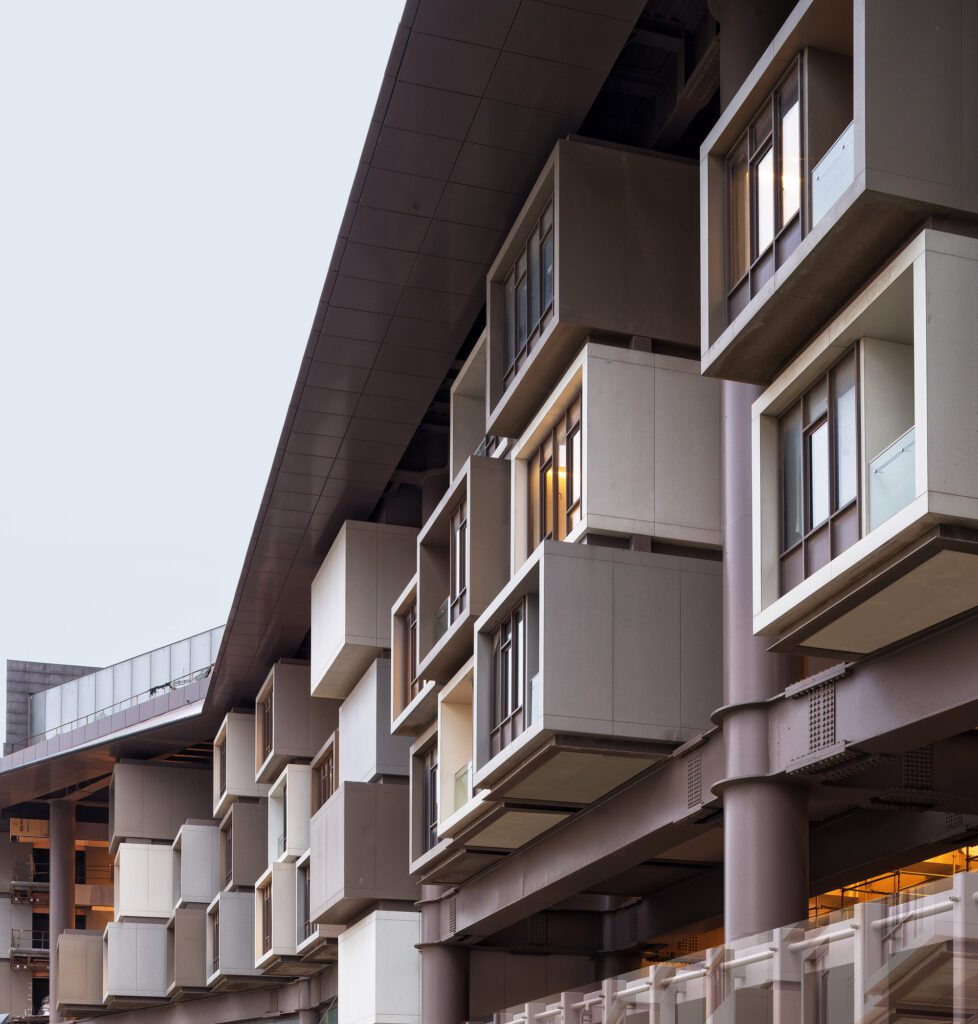
The massive discovery required a creative solution so as not to destroy the historic elements. The team decided on an architectural framework that had minimum supporting points on the ground in order to preserve the nearly 370,000-square-foot site located in a fertile valley near the Syrian border. “One fate-changing event was the discovery of an old riverbed that was crossing the whole site from one end to the other,” says Arolat. “This riverbed was defining a structural axis along the centerline of the site, as the river had washed away all the layers. If it was not for that, it might not have been possible to build the structure as it is today.” The rest of the steel-composite columns were placed along the sides of the lot where no artifacts were found. Boxy, modular guestrooms are lifted and stacked on a platform above the archaeological discoveries (in part to protect them) and connected via open-air walkways that allow guests multiple vantage points.
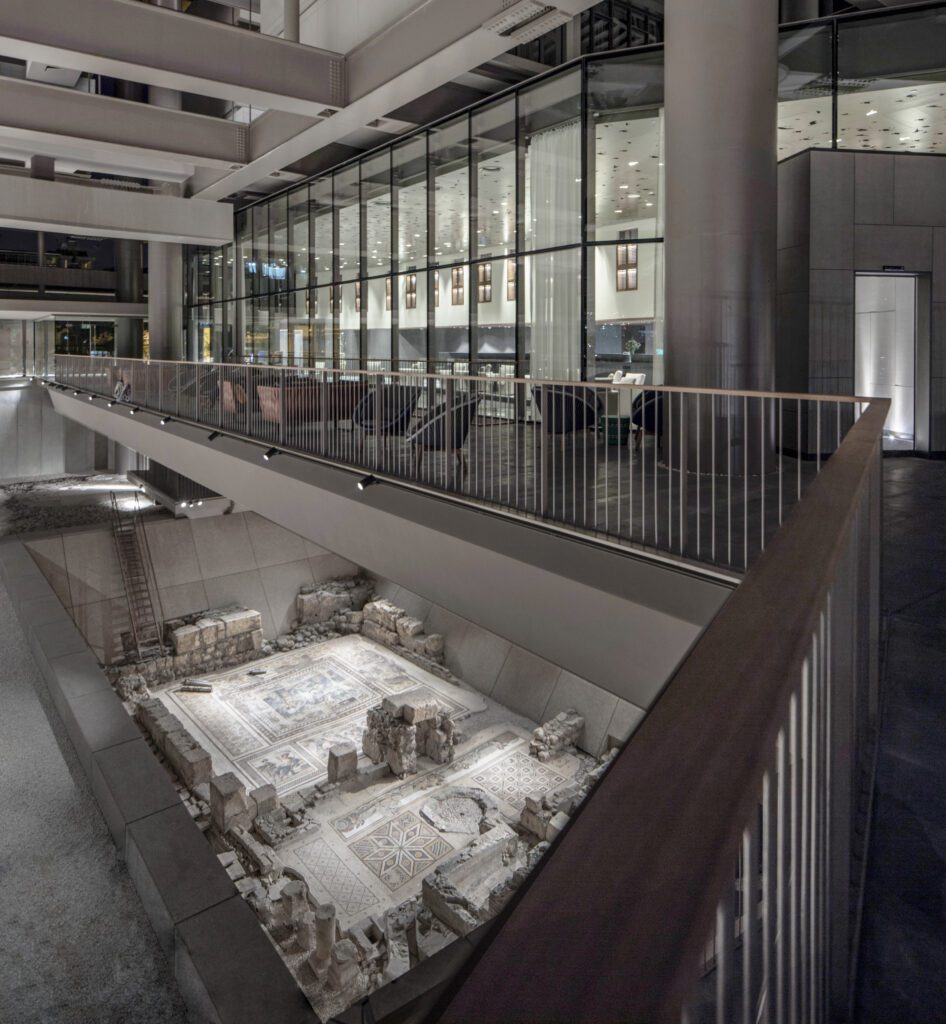
While many architects might view the long process of preservation a hindrance (Arolat says the client certainly felt disheartened and questioned their ability to build on the parcel), the hardships along the way turned into bright opportunities. Take, for instance, the discovery of a Pegasus mosaic, which Arolat says is one of the most prominent pieces in the property’s exhibition. During the foundation work, the excavation team uncovered the well-preserved mosaic from the 2nd or 3rd century about 26 feet below ground. This unexpected find required the team to relocate a proposed column and revise the plan. “Every time we were faced with a new obstacle, we basically reinvented the questions that we are dealing with and redefined the design components accordingly.”
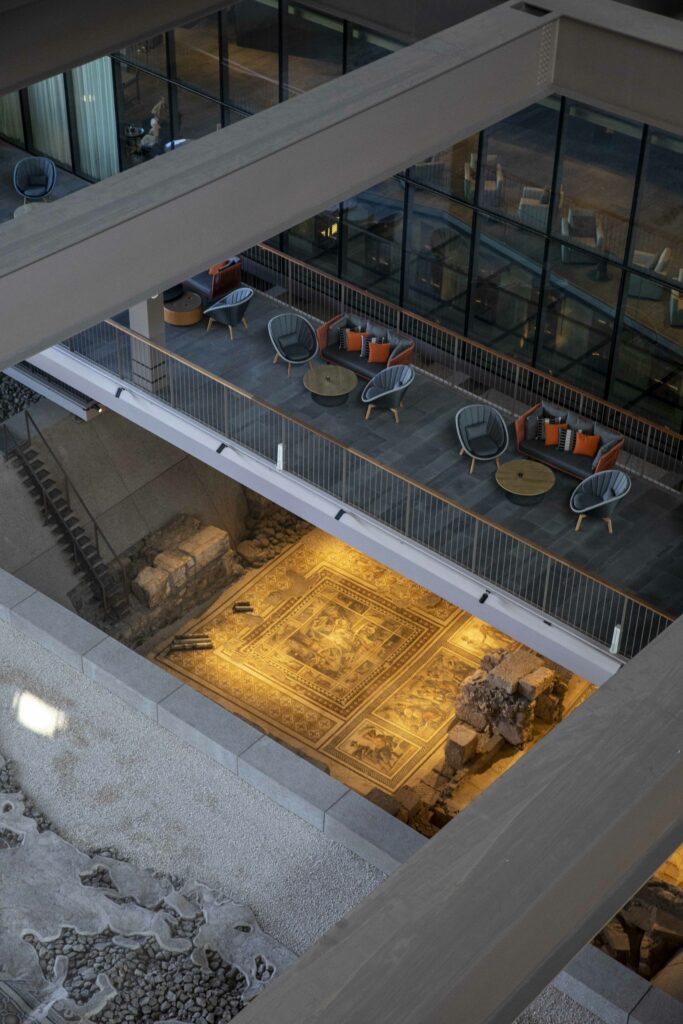
As designers look to the future, thoughtfully considering how the past can guide a project and digging deeper (sometimes literally) can lead to inspiration. “I like to analyze the specificities of a place, understand it, feel the traces and then all the practicality starts to emerge in an intuitive process,” Arolat explains. “It is important to include the traces of the past, to integrate them, overlay them, absorb them—and that’s not just applicable for projects that deal with actual historical monuments.”
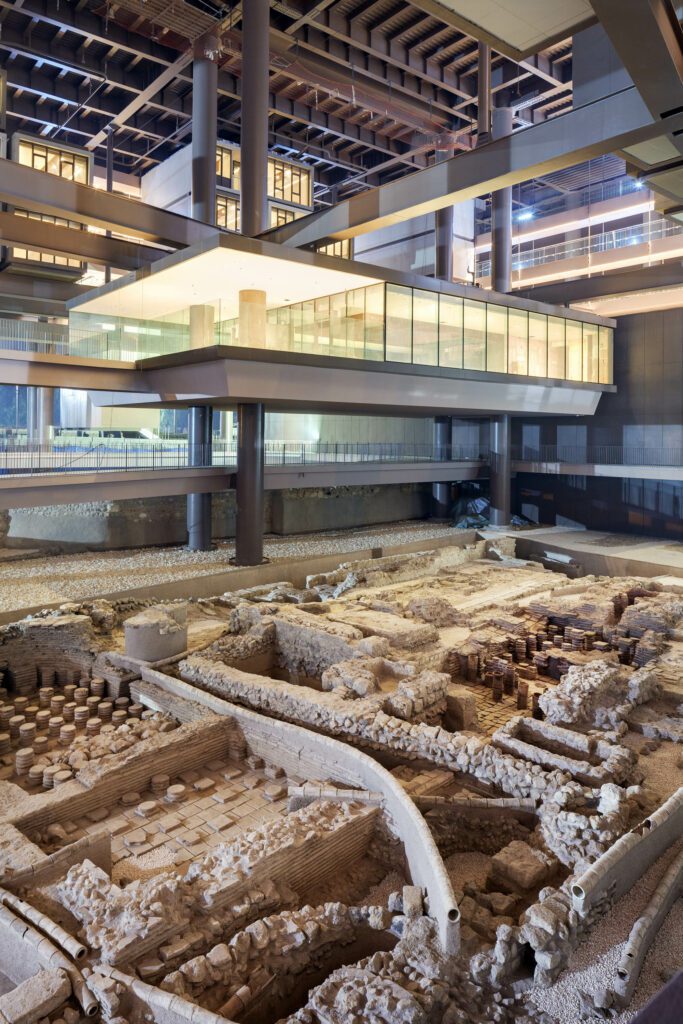
Photos: Emre Dorter, Thomas Mayer, Roberto Russo, Studio Majo
Projects:
Museum Hotel Antakya
Artifacts found 19 feet below the ground help shape a Turkish hotel
Designers often talk about sense of place. As Emre Arolat, founding partner of Emre Arolat Architecture (EAA), puts it: “The most important thing in each place is creating an architectural language that resonates with that place, that belongs to it.”
Read more from Boutique Design’s Spring 2020 issue.
As sites become more scarce, establishing that sense may require more innovation, and more work. In 2009—more than 10 years before Turkey’s 199-room Museum Hotel Antakya would officially open—foundation work commissioned by landowner and investor Asfuroğlu Group on the site of a planned 400-room Hilton hotel unearthed layers of cultural heritage about 19 feet below the ground level. In partnership with the Antakya Archaeological Museum, an archaeologist joined the team in 2010 to lend expertise. Over the course of eight months 30,000 ancient artifacts (which can be viewed in the hotel’s museum, also designed by EAA) were uncovered, including a mosaic floor and a still-intact marble sculpture of Eros, the Greek god of love.

The massive discovery required a creative solution so as not to destroy the historic elements. The team decided on an architectural framework that had minimum supporting points on the ground in order to preserve the nearly 370,000-square-foot site located in a fertile valley near the Syrian border. “One fate-changing event was the discovery of an old riverbed that was crossing the whole site from one end to the other,” says Arolat. “This riverbed was defining a structural axis along the centerline of the site, as the river had washed away all the layers. If it was not for that, it might not have been possible to build the structure as it is today.” The rest of the steel-composite columns were placed along the sides of the lot where no artifacts were found. Boxy, modular guestrooms are lifted and stacked on a platform above the archaeological discoveries (in part to protect them) and connected via open-air walkways that allow guests multiple vantage points.

While many architects might view the long process of preservation a hindrance (Arolat says the client certainly felt disheartened and questioned their ability to build on the parcel), the hardships along the way turned into bright opportunities. Take, for instance, the discovery of a Pegasus mosaic, which Arolat says is one of the most prominent pieces in the property’s exhibition. During the foundation work, the excavation team uncovered the well-preserved mosaic from the 2nd or 3rd century about 26 feet below ground. This unexpected find required the team to relocate a proposed column and revise the plan. “Every time we were faced with a new obstacle, we basically reinvented the questions that we are dealing with and redefined the design components accordingly.”

As designers look to the future, thoughtfully considering how the past can guide a project and digging deeper (sometimes literally) can lead to inspiration. “I like to analyze the specificities of a place, understand it, feel the traces and then all the practicality starts to emerge in an intuitive process,” Arolat explains. “It is important to include the traces of the past, to integrate them, overlay them, absorb them—and that’s not just applicable for projects that deal with actual historical monuments.”

Photos: Emre Dorter, Thomas Mayer, Roberto Russo, Studio Majo

